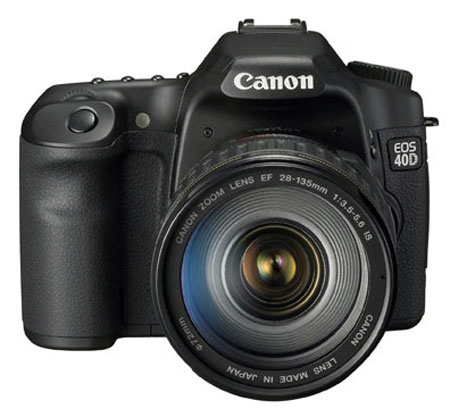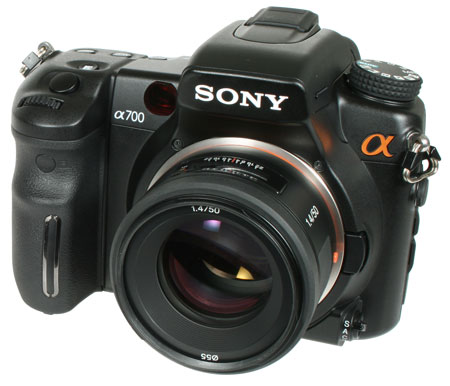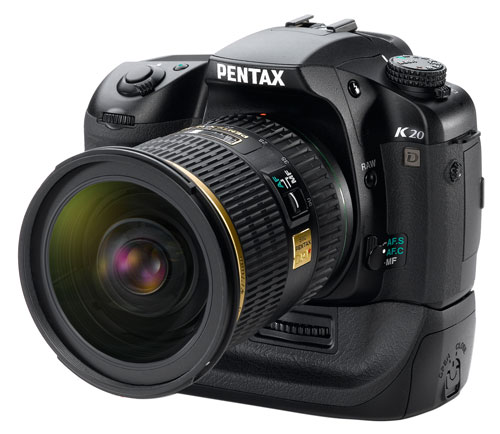How does Noise Reduction Work?
If you have ever looked closely at the lower noise images from a Nikon or Canon camera, you will notice that lower noise at high ISO is something of a balancing act. Low noise is normally achieved at the expense of loss of detail in high ISO images. The low-noise appearance is the result of smearing and softening details and sharpness, and the effectiveness of the noise reduction is really very subjective. It is a balancing act between sharpness on the one hand and noise on the other. It is even more complicated than this as noise reduction can be applied in both Chroma and Luminance dimensions and the impact of each is different. However, in the end noise reduction is always a balance between loss of detail and visible noise.
There have been many software noise reduction software programs in recent years, but most have left us with the impression that it was just as easy to live with the noise as it was with the soft smeared images of noise reduction software. Perhaps this is the result of viewing the effects of noise reduction software on Canon and Nikon digital images. As some review sites point out endlessly, Canon and Nikon understand high ISO noise and they do a good job with in-camera JPEG processing of reaching a compromise between noise and sharpness. Conversely, these same review sites endlessly point out that Sigma, Pentax, and Olympus (until recently) have noise problems and don't correctly process images. Olympus has apparently seen the noise processing light since recent Olympus model JPEG images are actually now sharper and lower noise at high ISO speeds than the RAW images captured under the same conditions. We have seen this ourselves, and so have several other respected camera review sites.

As explored in the Digital Sensor, one great appeal of the CMOS sensor over the CCD is the ability to combine noise reduction and other processing on the sensor itself. Canon has enjoyed this advantage exclusively until recently, and Canon has also been widely praised for the exceptional low-noise of their high ISO images compared to every other manufacturer in that period. The fact is Canon has used noise reduction in processing RAW and JPEG files on their image sensors. Now Sony and Nikon are doing the same in the D300 and A700 model CMOS sensor.

Sony engineers had to be scratching their head when they saw recent reviews of the A700 that screamed about noise-processing in their RAW images. The Nikon D300 is the same sensor that has noise reduction built onto the sensor just as Canon CMOS sensors do. We suppose Sony got the temper tantrum because they weren't Nikon, and because they were not as subtle as Nikon in their discussion of sensor technology. Also, in fairness to the noise reduction complaints in some reviews, the supporting Sony BIONZ processing was not very subtle compared to the EXSPEED circuitry used by Nikon. Sony has subsequently refined their post processing with firmware upgrades to the A700.

Regardless, the fact remains that Canon, Nikon, Sony, and Olympus all likely employ noise reduction in the creation of their RAW files with their CMOS sensors, and certainly they do so in the conversion to JPEG files. Sigma uses almost no noise reduction in their file conversion, and Pentax uses very little noise reduction in their in-camera JPEG processing, which is why Pentax reviews always suggest shooting RAW. The Pentax image-processing software (Silkypix) and Photoshop RAW processing certainly do employ more noise reduction than Pentax does in-camera, and thus yield better appearing images at high ISO.










61 Comments
View All Comments
mharris - Monday, July 28, 2008 - link
If you look at the photos, you'll notice that the unfiltered photos are nearly 10x bigger than the filtered photos. So the loss of details is due to a ridiculously low JPEG compression, not the noise filter.B3an - Friday, August 1, 2008 - link
"If you look at the photos, you'll notice that the unfiltered photos are nearly 10x bigger than the filtered photos. So the loss of details is due to a ridiculously low JPEG compression, not the noise filter."Not it's not. Would have thought this was obvious... the file size is lower because of the lower detail in the noise reduction filtered images. This is because of how JPEG compression works. It's the same with any image after noise reduction has been used, it nearly always produces smaller files sizes 'cause of the resulting lower detail.
Baviaan - Monday, July 28, 2008 - link
Are you actually serious? You can't be, look at the amount of detail lost in the photos done by Noiseware. You lose all the detail and the photos look very, very smeared.And compare the 3D to a 1DMK3 or 5D, this comparison is useless.
Wesley Fink - Monday, July 28, 2008 - link
There is no doubt the Nikon D3 is the low-noise champion, but we weren't comparing it to other PRO cameras like the ID Mark III. The comments were comparing relative photosire size across the spectrum of digital SLR sensors.We do agree the ID Mk III at 10 megaixel with a 1.3X (APS-H) crop factor is more directly comparable in photosite size to the D3. The 5D at full-frame 12.8 megapixels is certainly comparable in photosite size if not speed or high ISO performance.
strikeback03 - Monday, July 28, 2008 - link
The 5D is only enabled on-camera to ISO 3200, but plenty of users use effectively higher ISOs by deliberately underexposing then pushing the exposure in post-process with decent results.michal1980 - Monday, July 28, 2008 - link
I agree with others.Are you guys blind? some of thos vacation shots are terrible after the noise reduction. I'd rather stick with the noise in some of them. The beach shot looks ok in the foreground, but as soon as you hit the water its all water paiting.
the sail boat on the water is one of the worst, in the original shot you see waves breaking, and caps. The after processing shot destroy's the feel of the water.
IMHO, alot of the pictures looks better just shrunk (which filter the nose by itself), then they did after noise removal.
Jedi2155 - Monday, July 28, 2008 - link
Same here, there noise reduction seriously destroys the detail present in the images. A lot of the areas of high contrast is destroyed after the noise reduction resulting in smearing.I'm neither a professional or even a prosumer, but it was quite noticeable to me that the details were significantly reduced with the noise reduction where I definitely would not consider this software.
I also could not tell the difference in the low ISO shots for the noise reduction although I am on a 6-bit TN LCD panel so that could probably be the reason. Did anyone else see a difference in the low-ISO shots?
B3an - Monday, July 28, 2008 - link
From the images it's hardly any better than Photoshops noise reduction filter. Messing around with the settings i can get very nearly as good results.And like all noise reduction filters it makes the image lose detail, messes up some colours, and sometimes over sharpens the edges.
I dont think this is good software or worth the money.
eetnoyer - Monday, July 28, 2008 - link
Noiseware on images from any of the superzooms? I often find myself to be a little tentative of taking higher ISO setting shots on my superzoom because of the pronounced noise levels. I would be interested to see some results from some of the different brands' superzoom models.Thanks
guitargeek27 - Monday, July 28, 2008 - link
All in all, I've been pretty disappointed in the Anandtech articles about cameras and image manipulation, the articles gives just a rough idea what noise reduction software does, but does not go into settings, original noise levels, or RAW vs JPEG noise levels (lens, apeture, shutter speed, post processing software).If you're a beginner photographer, or just care about software please read. But if you are seriously interested in photography please try a different site or get your hands on a real book.
I think I'm just disappointed about having an amateur write a review as opposed to a pro.